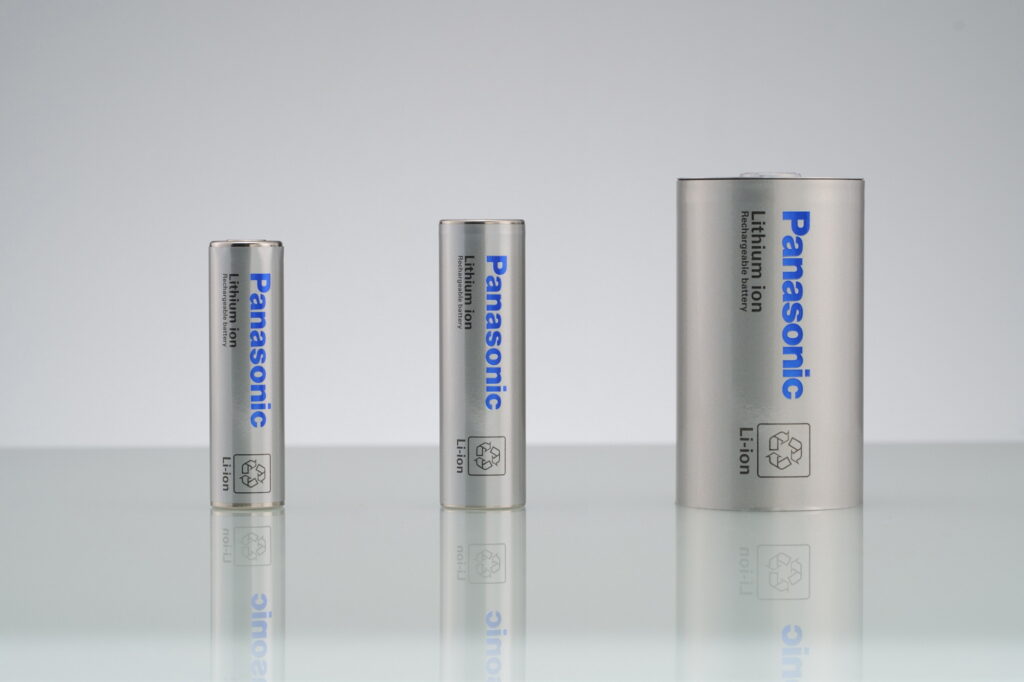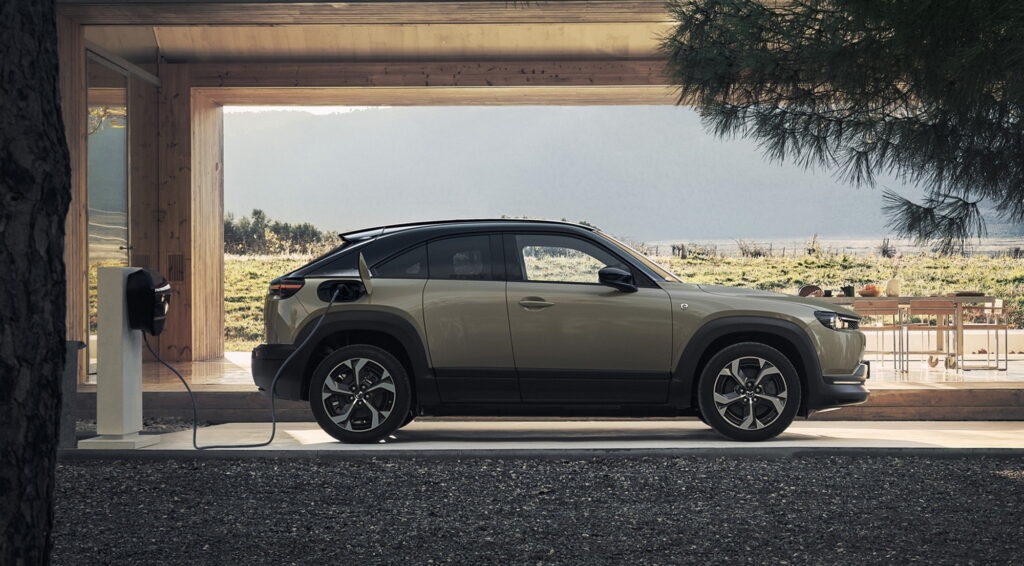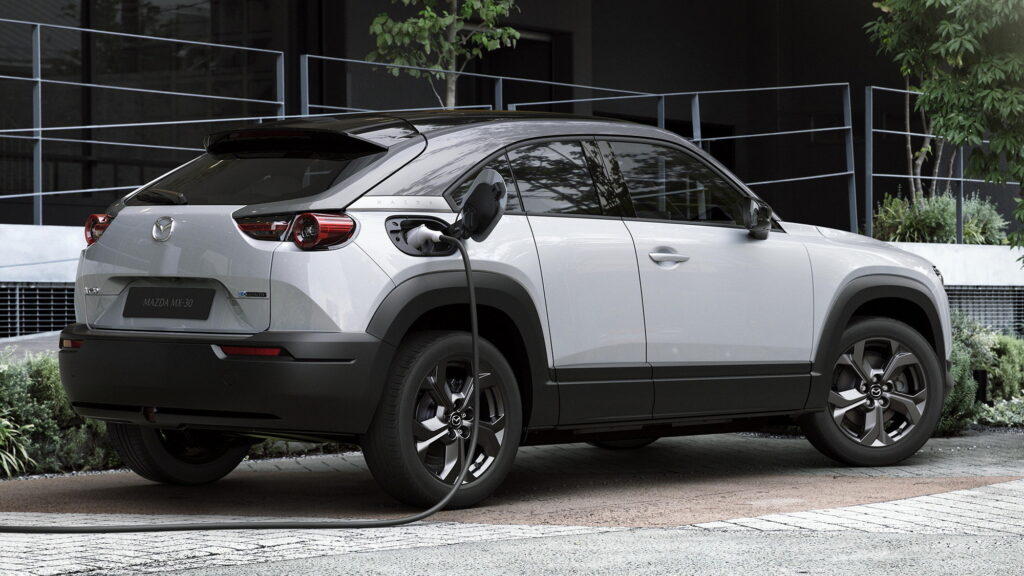Although Mazda is among the most EV-skeptical brands out there today, even it is planning for a future in which the battery-powered vehicles make up a large portion of the automotive market. To that end, it has announced that it is entering into talks with Panasonic for its batteries.
The conversation will center around establishing a medium- to long-term partnership. Mazda hopes to use Panasonic’s cylindrical lithium-ion batteries – which are also used by Tesla – in its vehicles.
“Collaboration with Mazda will be a major step toward the achievement of our mission of realizing a society in which the pursuit of happiness and a sustainable environment are harmonized,” said Kazuo Tadanobu, CEO of Panasonic Energy. “With our superior technology and extensive experience, we will drive growth of the lithium-ion battery industry and further accelerate our efforts to achieve zero emissions.”
Read: Mazda Readying New Midterm Plan That Includes A Revised EV Strategy

In November 2022, Mazda announced that it was planning for 25 percent of its sales to come from pure-electric vehicles by 2030. Executives at the company have also suggested that fast-charging is a greater priority than long ranges.
The automaker hopes to use batteries produced at Panasonic’s Japanese and North American plants, which may provide a hint as to where it plans to sell the EVs they go into. Newly introduced tax rules mean that automotive batteries must be produced in North America for the EV’s buyer to receive thousands of dollars in tax incentives in the U.S.
“Mazda is working with its partners in three phases to flexibly respond to changes in regulatory trends, consumer needs, and other areas,” said Masahiro Moro, Mazda’s director and senior managing executive officer. “We are delighted to collaborate with Panasonic Energy, which has been a pioneer in automotive lithium-ion batteries, developing high-quality products.”
Although the companies are only in talks, Mazda says that the goal is to have Panasonic-supplied batteries in EVs that are scheduled to be launched in the second half of the ’20s.





